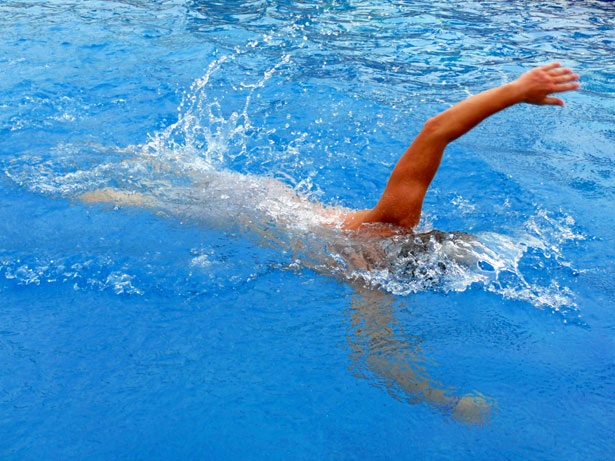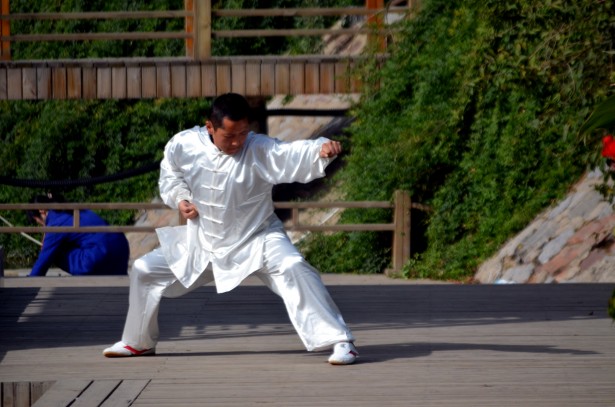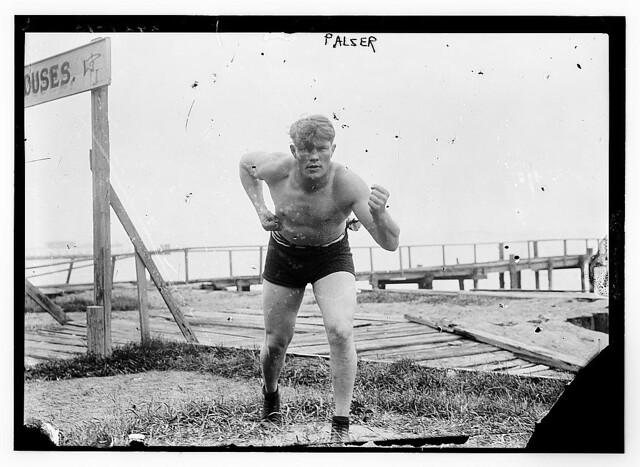I work in an exercise rehabilitation clinic and prescribe hundreds of different types of exercises.
I believe in exercise.
Yet I am surprised at how few adults in our society continue to play their favourite sport once they hit their 30’s and beyond. Usually, once the demands of family and work set in, they turn to mechanical treadmill and dumbbell routines. Fitness has officially become a “must do” and not a “I wanna do!” This is highly unfortunate and in the long term promotes increasing sedentary lifestyles.
One simple alternative is to play a sport as part of your fitness approach. There is far less routine in an individual or team sport than in a repetitive gym routine. Further, sports tend to use the body in a safer and more natural manner than many exercise machines and heavy weight workouts do. And they almost inevitably work the core muscles much more than most people’s weight lifting or cardio routine.
Everyone who already plays a sport should add sport-specific exercises to improve their performance.
That’s what the pros do. Yet most people who are not professional athletes usually do not see playing sports as a legitimate means of getting or staying fit.
Having thought about this, I’ve concluded that people assume they can go “all out” in the gym, but unless they are professionals,
there are no “all out” avenues for them in their beloved sport. Thankfully, this is is false.
With a 5 minute phone call to your local rec centre or YMCA, you will be shocked at how much friendly competition is available for the average joe.
I feel that because competition is missing from many individuals’ fitness lifestyle so is the natural motivation to do better and better. If you are willing to compete at something, the psychological and physical rewards increase tremendously. And please don’t get me wrong. I know how life can get crazy busy. You don’t have to join a league that comes with fees and a tight practice schedule, etc, etc.
But you can join rec leagues that allow you to jump in and compete any time you are free.
My wife and I are raising and homeschooling 4 young children. I have my own practice and am involved at church. Yet 4 times per week my wife attends the YMCA and does a lot of TRX group classes. This group factor is an indirect but real form of competition. It is as much competition as she wants and so she thrives on it. It pushes her harder than solo workouts.
I have fallen in love with Brazilian Jiu Jitsu. I train under Adam Zugec at ZUMA. Whenever I show up I have the opportunity of getting friendly competition. The competitive element keeps my mind focused, gets me off my worries and I workout harder than I otherwise would without even noticing it!
Whether it is swimming, racquet ball, tennis, hockey or a running group, the social and physical benefits of a group or competitive environment is available for the non-professional athletes. I highly recommend it.






